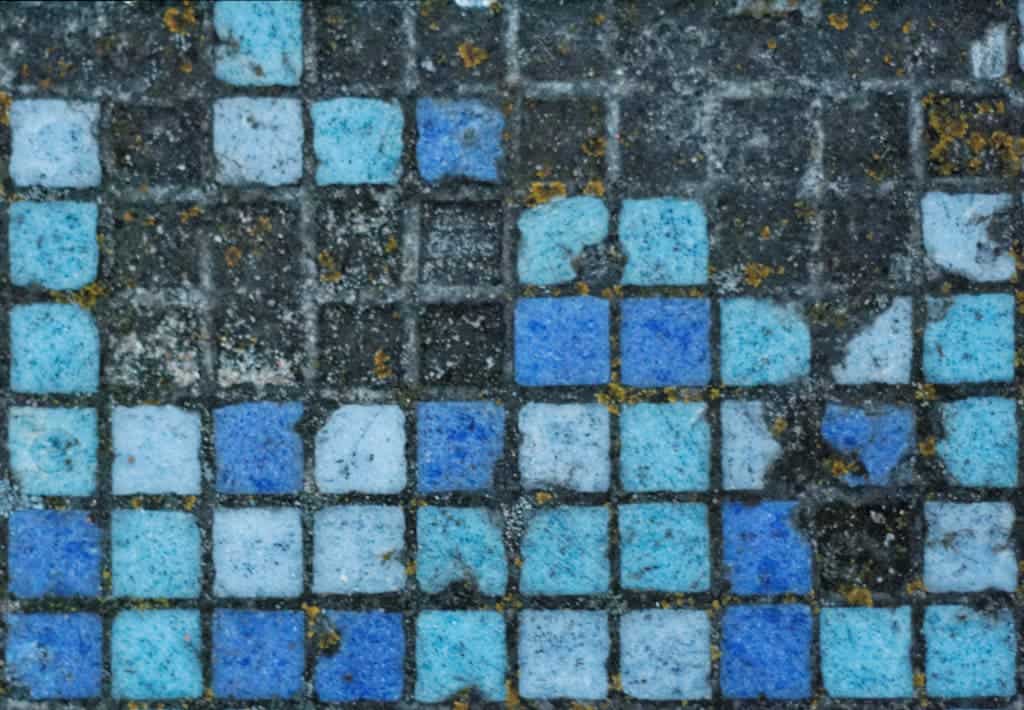Stacking blocks may help soothe those struggling with post-traumatic stress disorder (PTSD), say Swedish researchers.

That oldie but goldie of games, Tetris, could help patients with PTSD manage one of the disorder’s central symptoms: traumatic flashbacks. The findings come from a preliminary study carried out by researchers at the LWL University Hospital Bochum and Karolinska Institutet (both in Sweden), who hope to develop an avenue of supportive treatment for patients who cannot access conventional help.
Blocking out the memory
“PTSD can be treated well using the therapies available,” says Henrik Kessler, a senior physician and trauma therapist at Bochum, who led the research effort.
“However, there are many more patients than therapy places. That’s why the researchers are looking for methods outside conventional treatments that can relieve the symptoms.”
The study was borne from previous research carried out by Emily Holmes and her team at the Karolinska Institutet. They found that Tetris can be used to suppress flashbacks caused by horror films if played shortly after viewing the movie. The current study builds on those findings — the researchers wanted to determine if the same mechanism can be used to suppress much older stressful memories, potentially dating back several years.
Kessler’s team worked with 20 patients with complex PTSD, all of whom were hospitalized at the Department of Psychosomatic Medicine and Psychotherapy for six to eight weeks for regular therapy. Each patient was asked to undergo a special intervention — in addition to their usual individual and group therapy sessions — as part of the study. Every participant wrote down one stressful memory on a sheet of paper. This step was needed as a ‘reminder’, to bring a specific event to the forefront of the patient’s attention. They then tore up the sheet without talking about the content and played Tetris on a tablet for about 25 minutes.
Each patient was also asked to record several different flashbacks — for example, violent experiences in different situations — over the course of the trial. The team writes that they focused the Tetris treatment on a single specific flashback during every intervention (which were carried out week by week). Some of the flashbacks listed by the patients were never addressed, the team adds — these were used as controls.
The frequency of the targeted flashbacks decreased in the weeks following the interventions. Various flashback contents were targeted one after the other during the trial, and their incidence decreased over time. The number of untargeted (control) flashbacks remained relatively constant, the team adds, suggesting the interventions themselves had worked in their intended role. Overall, the team reports, flashbacks for the targeted situations fell by 64% on average. Flashbacks for untargeted situations only fell by 11%. The intervention had a significant effect for 16 of the 20 patients tested.
When patients relive a stressful memory in detail, it engages areas in the brain responsible for visuospatial processing. Kessler’s team thinks that playing Tetris activates roughly (or comparable) areas in the brain, which creates interference. When we relive a memory, it temporarily becomes unstable — our brain has to take it out of the archives and flip the pages, so to speak. Since the brain has limited resources at its disposal, if this interference happens as the memory is ‘in use’, it can weaken by the time it is stored again, or become weaker as it is being stored. This is the mechanism that the team suspects led to the decline in flashbacks.
“In our study, the intervention was supervised by a team member, but he did not play an active role and did not read the written traumatic memories,” explains Kessler. “Our hope is that we will be able to derive a treatment that people could perform on their own to help them cope, even if there are no places available for therapy.”
“However, the intervention cannot replace complex trauma therapy, but can only alleviate a central symptom, flashbacks.”
The research is still in its very early stages, the authors explain. However, Kessler’s team is already working on a follow-up study using control conditions and a significantly larger number of patients. In addition, they are also investigating the exact mechanisms behind the effect in healthy people in experimental studies.
The paper “Reducing intrusive memories of trauma using a visuospatial interference intervention with inpatients with posttraumatic stress disorder (PTSD)” has been published in the Journal of Consulting and Clinical Psychology.


